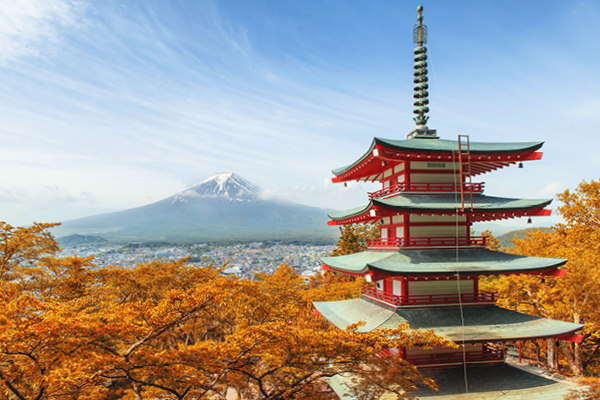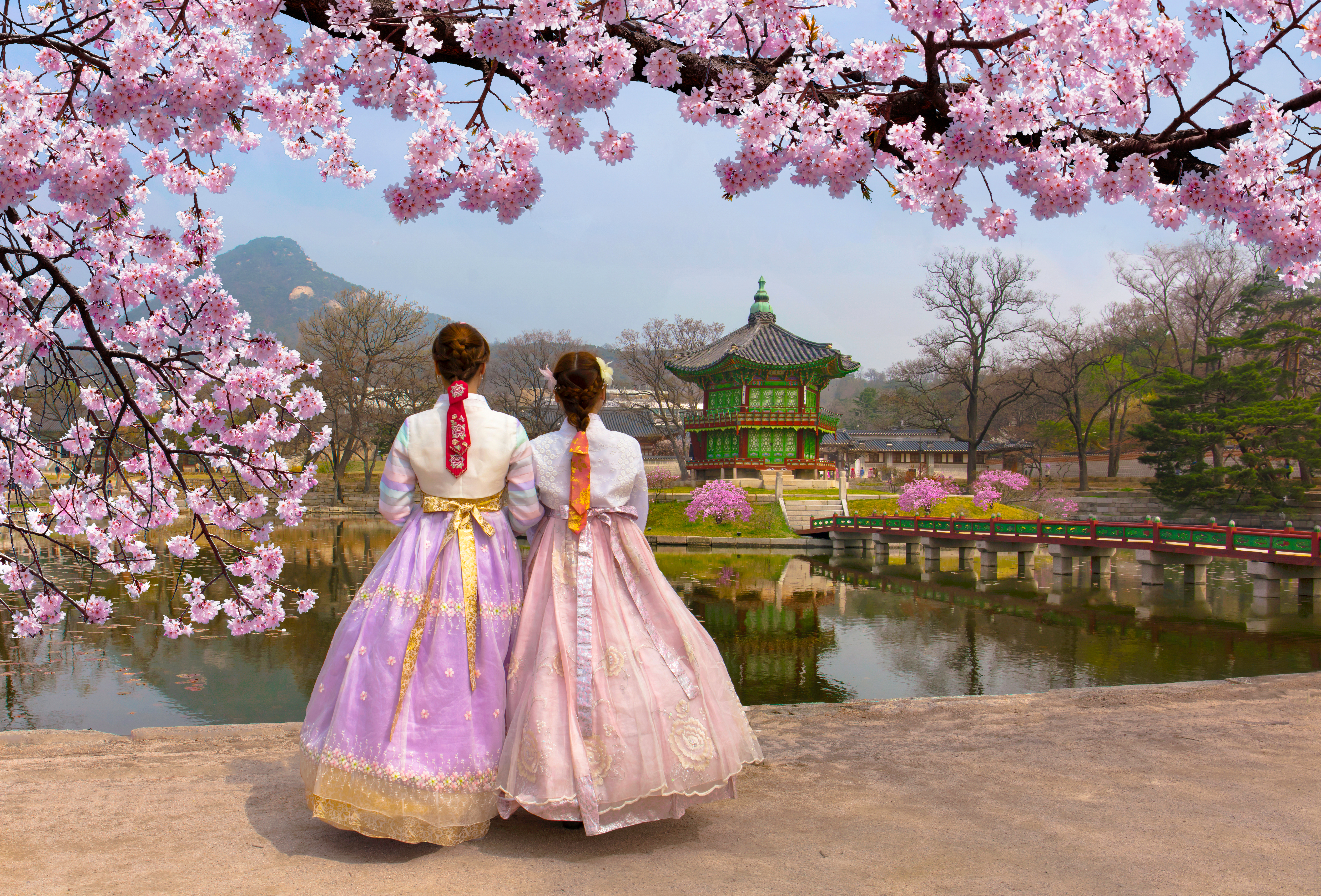The Best Time to Visit Japan: A Seasonal Guide for Travellers

Future travellers to Japan may wonder, "When is the best time of year to visit?" The answer is not so straightforward, as each season has much to offer; it’s just a matter of what your preferences are.
Japan has four distinct seasons, much like Australia. Each brings its own natural wonders, experiences, and spectacles to witness. As Japan is made up of a long chain of islands, the climate in the south and north can differ considerably.
Read more: Discover Wendy Wu Tours Japan Packages
Spring (March to May)

Many people wish to visit Japan in spring because of the spectacular and iconic blooming of the sakura (cherry blossoms). Since ancient times, cherry blossoms have captivated the hearts of the Japanese people and tourists alike. Japan’s famous trees erupt into a canvas of colour, making it a beautiful time to visit, particularly for garden and nature lovers. However, it’s important to remember that their presence is fleeting, as each tree is only in full bloom for several days.
As the blossoms flower from the south to the north of Japan, it is possible to chase the cherry blossoms if you happen to miss them in one place. The best time to see them generally falls between the last week of March and the first week of April.
The Japanese tradition of hanami is very popular during this time. Groups of friends and families sit together underneath blooming cherry blossom trees to enjoy a picnic. This is a quintessential experience if you are travelling to Japan in spring.
In addition to cherry and plum blossoms, you’ll find an array of flowers brightening the cities, including azaleas, irises, hydrangeas, roses, and tulips.
During cherry blossom season, local news will feature a "cherry blossom report" (much like a surf report in Australia) to keep track of how the blossoms are progressing in each location.
Summer (June to August)

Summer in Japan can be hot, wet, and humid, but it’s also the best season to see spectacular fireworks and festivals.
Summer festivals feature lively street fairs, with food vendors selling tasty delights such as okonomiyaki (Japanese-style savoury pancakes), yakisoba (fried noodles), grilled corn, squid, and many other mouth-watering options!
If you wish to escape the heat and humidity, head to the mountainous regions or the northern island of Hokkaido, which stays cool with low humidity even in the middle of summer. Summer is also a great time for a beach holiday to Japan’s subtropical Okinawa Islands.
Autumn (September to November)

Autumn evokes images of deep red, orange, and yellow foliage. The days are crisp and clear, making it the perfect time for outdoor activities such as hiking and nature walks.
Finish off your day with a rejuvenating soak in an onsen (hot spring). The autumn leaf season generally peaks in October and November. The gardens of Japan’s many temples, especially in Kyoto, are ablaze with breathtaking colour at this time.
Winter (December to February)

Australians flock to Japan in winter to visit its excellent ski resorts. Hokkaido (the northern island) is where it all begins, with premier resorts such as Niseko, Rusutsu, and Furano being well-established escapes for powder lovers.
Nagano and Niigata (on the main island) also feature world-class resorts like Hakuba, as well as more traditional resorts like Nozawa Onsen and Myoko, all easily accessible from Tokyo.
For travellers seeking quality snow without the crowds, the snow resorts in the Tohoku region are highly recommended, with family-friendly resorts like Zao Onsen and adventurous spots like Hakkoda.
Japan truly is the land of endless discovery, with year-round opportunities for all travellers! Whenever you decide to visit, Japan’s many sights, cultures, and customs will not disappoint.


